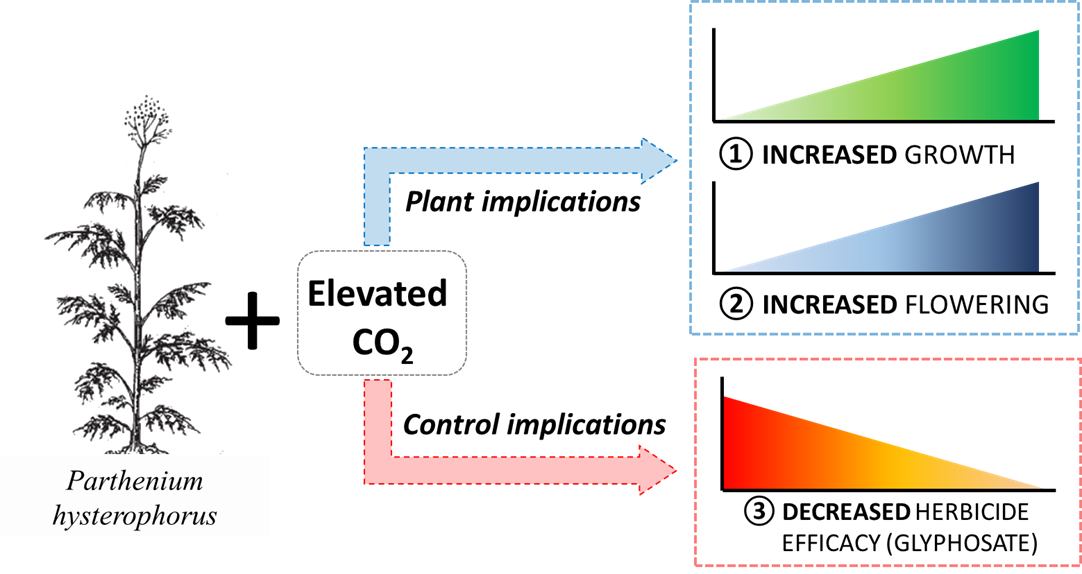Understanding Parthenium invasions: the role of stocking rates in savannas
A recent study by former C·I·B PhD student Dr Blair Cowie and C·I·B Core Team member Prof Marcus Byrne investigated the invasion dynamics of Parthenium hysterophorus in Lowveld savanna reserves with differing stocking rates.
Comments Off on Understanding Parthenium invasions: the role of stocking rates in savannas
22 November 2021


